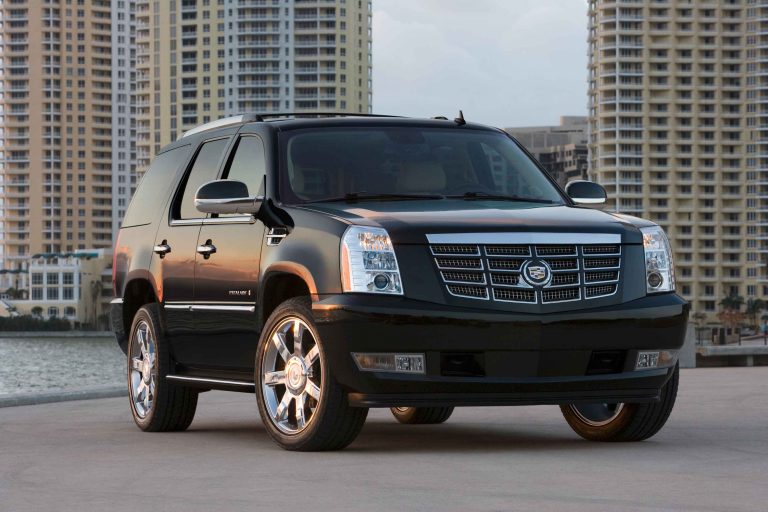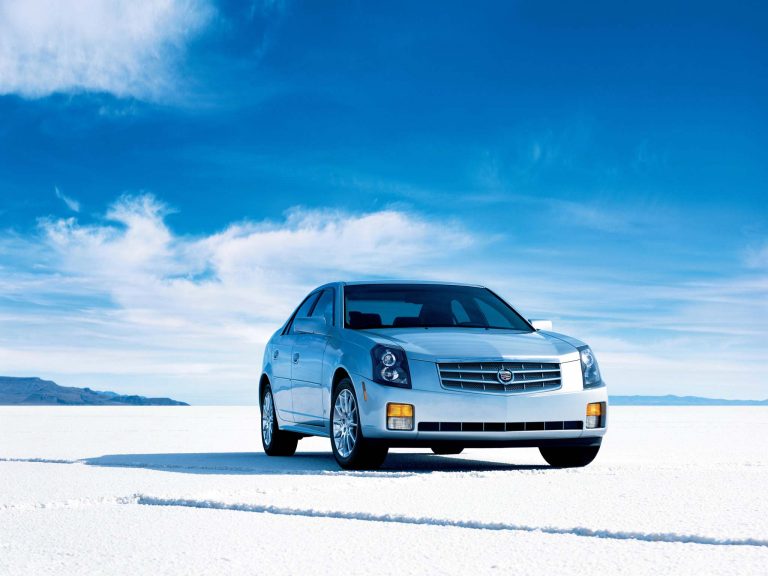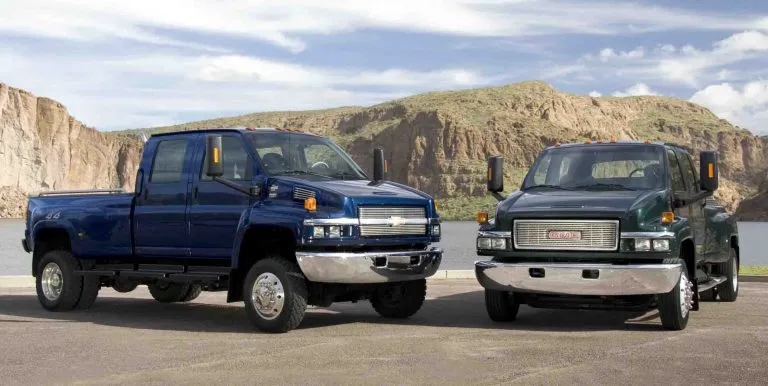The B20Z vs B20B – What’s The Difference Between The Two Engines?
The Honda B series has cemented itself on the world stage as one of the significant engines of the late eighties and early nineties. Is it the best there ever was? No. But it’s a solid workhorse and even today makes an excellent option for anyone looking to upgrade a 2-liter engine without breaking the bank.
Especially if they plan to take the engine and transform it into a beast. A common question that gets asked is what are the differences and similarities between the B20Z and the B20B engines, how do they stack up against each other, and which is “best”? That’s precisely what we will cover here, right here and now, so stick with us to find out.
A Summary Of The B20Z Engine
The B20Z ran from 1991 until 2001 and was a non-VTEC two-liter engine that was capable of producing 148 brake horsepower and 133 lb-ft of torque. The B20Z had a compression ratio of 9.4:1 and would redline at about 6800 RPM which is pretty on par with what you would expect of an engine of this caliber at that time.
The B20Z was used in the US domestic market in the Honda CR-V and the Honda Orthia. While it didn’t have the longest run in the US it still managed to leave its mark on the Honda community.
A Summary Of The B20B Engine
The B20B similarly ran from 1991 until 2001 in the Honda CR-V and Honda Orthia. And, once again, the B20B was a non-VTEC engine that produced about 128 brake horsepower and 133 lb-ft of torque. It also had a compression ratio of 8.8:1 and redlined at about 6800 RPM.
The B20B engine was released in the Japanese Domestic Market (JDM) and was actually the predecessor and alternative to the B20Z. It was used exclusively (as standard) in Japan though quickly found its way to Australia and Europe as is so common with JDM engines.
Differences Between The B20Z and B20B Engines
So, the B20Z and B20B engines are clearly incredibly similar in just about every way. They have almost identical specs so it’s natural to assume that they are basically the same engine with a different name due to them being in different markets. And you would be almost correct to think that but there are some key differences that you should be aware of before thinking they are completely synonymous and interchangeable.
First, the B20Z is slightly more powerful. This isn’t super uncommon with JDM vs USDM engines as the US has historically had stricter environmental rules and regulations than Japan or in some cases even Europe which tends to affect performance. It is generally theoretically possible to extract more power from an engine if you are allowed to bend the rules of what is and is not acceptable for road use by environmental standards.
The different components of the B20Z engine compared to the B20B are as follows: The B20Z has different intake manifolds, different pistons, and different knock sensors. Naturally, most of the extra power is coming from the better pistons and intake manifolds. Again, this is purely due to international regulations being slightly different. Once you own the car there is nothing to stop you from changing any of these things on either car.
Lastly, due to the pistons, you will notice that the compression ratio is slightly different with the B20Z having a slightly higher compression ratio of 9.4:1 compared to the B20B’s 8.8:1. Whether this difference is better for one engine over the other is something we will discuss later on in the article.
What Is The Price Difference Between the B20Z and the B20B Engine?
The B20B is going to cost you about $1200 for parts and $600 for installation whereas the B20Z engine is probably going to cost closer to $1500-$1600 plus $600 for the installation. Assuming you are purely interested in the engine for performing a swap and are not interested in the rest of the vehicle that may come attached to the engine. In terms of price, there isn’t a huge amount of difference. A couple of hundred bucks isn’t really going to be the be-all and end-all of picking one engine over the other.
However, there are some things to consider that will certainly factor into the end price. If you want to swap a B20Z engine into a car that is set up for a b20B it will NOT fit. The intake manifold on the two is so vastly different that you will even be able to fit the engine in the car properly so you would need to consider the cost of replacing the manifold. And, the commonality of the B20B over the B20Z means that the latter is more likely to see volatile price action.
Which Is Better Value For Money Between The B20Z and B20B Engines?
In terms of value for money, the B20B is probably your best move. There are some clear differences between the two but they aren’t that different in the grand scheme of things. If you are willing to pay for a B20B and don’t need a new manifold (you shouldn’t) then the B20B is cheaper by a few hundred dollars which is more than enough to replace air filters or even pistons/gasket heads to scrape back an extra 20 horsepower. If you felt you needed it.
Which Is Best The B20Z Engine Or The B20B?
So, the B20B is probably the best value for the money. But assuming money is no object which engine is best? It depends if you want to run it as stock or plan to upgrade it. And if you are going to upgrade it, how much are you going to upgrade it?
Because if you are going to spend a few hundred bucks to try and bring the B20B to the level of the B20Z you could arguably say that the B20Z is the better choice. But if you plan to drop a couple thousand into it the B20B is the clear winner due to its lower compression ratio and the fact it is far more accommodating to being turbocharged and gaining an extra couple of hundred brake horsepower, not just an extra 20 or so.






